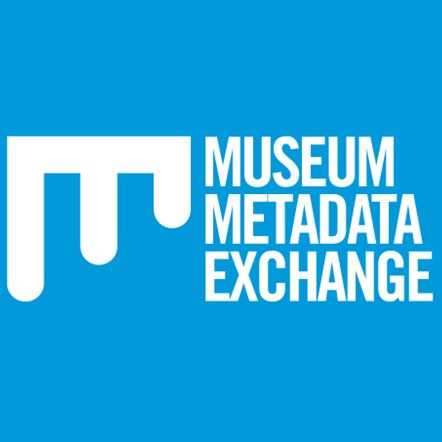Brief description
This collection contains over 30,000 coins recovered from various shipwrecks off the coast of Western Australia.Full description
The first major numismatic discovery of a shipwreck off the Western Australian coast was that of the Batavia, which was wrecked in the Abrolhos Islands in 1629. The some 10,000 coins recovered from the vessel included currency of the Holy Roman Empire and the United Netherlands. Other discoveries with numismatic collections include the Zeewijk (wrecked 1727), the Zuytdorp (wrecked 1712), the Vergulde Draeck (wrecked 1656) the Rapid (wrecked 1811) and the Correio da Azia (wrecked 1816). The identification of the Zuytdorp was based largely on the coins found on the wreck, in particular the two stuiver and schellingen (six stuiver) pieces of 1711 from the Middelburg Mint in Zeeland. The Rapid was reported in the Columbian Sentinel dated 3 August 1811 to have had $280,000 in specie on its outward journey from Boston. All but about 19,000 coins were salvaged in the months following the wrecking, and of these the Maritime Museum has recovered 18,548 dollar size coins. The Portuguese advice vessel, Correio da Azia was carrying a consignment of Spanish American silver that was recovered by the Museum in 2004. Not all of the numismatic collection is made up of pieces from shipwrecks. The most interesting is the French écu coins found in the lead seal caps of French wine bottles buried on Dirk Hartog Island, dated 1766 and 1767 respectively, and both of the Bayonne Mint. These are thought to date from the annexation of this part of Western Australia by Louis-François-Marie Aleno de Saint-Aloüarn in 1772.Data time period: 1629 to 1820
Spatial Coverage And Location
text: Holy Roman Empire
text: Zeeland
text: The United Netherlands
text: Dirk Hartog Island
text: Boston
Subjects
Artefacts |
Coin |
Historic |
Marine archaeology |
Middelburg Mint, Zeeland |
Money |
Specie |
coins |
maritime archaeology |
maritime history |
numismatics |
ships |
shipwreck |
shipwreck artefacts |
shipwrecks |
vessels (watercraft) |
watercraft |
User Contributed Tags
Login to tag this record with meaningful keywords to make it easier to discover
Identifiers
- Local : WAM 32
- URI : www.museum.wa.gov.au/maritime-archaeology-db/numismatics



